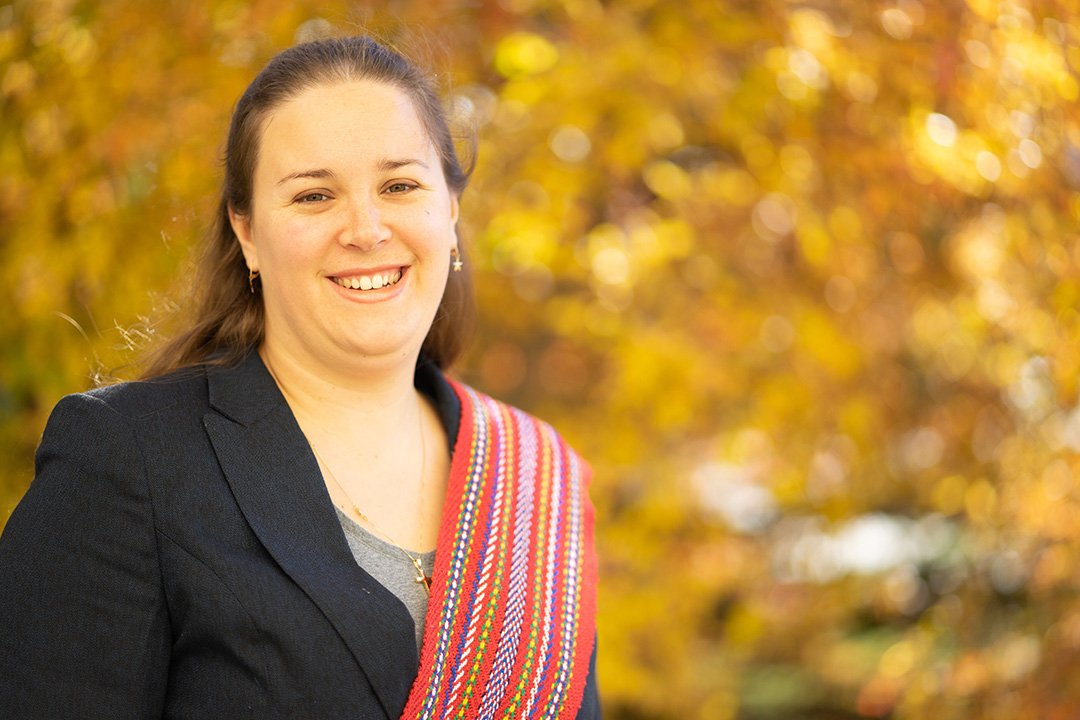
Sleep and fitness go hand-in-hand
The University of Saskatchewan’s (USask) Dr. Heather Foulds (PhD) and her team of students have conducted a new study which confirms the connection between sleep and physical activity among middle-aged women.
By Rachel SloaneThe study has shown a significant difference between women with higher aerobic fitness levels getting more sleep each night and feeling more rested.
Although this study was conducted prior to the pandemic, Foulds believes this research is still applicable to women experiencing the pandemic.
“There’s more underlying stress and more challenges,” said Foulds, an assistant professor in the College of Kinesiology who specializes in Indigenous health and cardiovascular health, and the Heart & Stroke/CIHR Indigenous Early Career Women’s Heart and Brain Health Chair at USask.
Sleep plays an important role in our health. As women enter menopause, which typically happens between the ages of 40 to 50, they could experience a decrease in their sleep quality.
Physical activity has been associated with improved sleep among older people. The purpose of this study was to determine if physical activity and/or physical fitness are associated with sleep quantity and quality in middle-aged women. This study recruited 114 healthy women, aged 30-55 from Saskatoon, Saskatchewan, from 2015-2019.
Participants were classified on their aerobic fitness, grip strength and how physically active they were. The aerobic fitness test was based on walking. Participants were asked to walk as far as they can, as fast as they can in six minutes. Women who were more fit could walk farther and were able to keep a higher speed.
Next was grip strength to test their musculoskeletal fitness. They had participants hold a device in their hand and squeeze it as tightly as they were able. The device measured how many kilograms each participant was able to squeeze. This was done on both hands to get an overall total for their grip strength.
Participants also filled out a questionnaire to measure their level of physical activity. The results from each test helped divide the participants into two classifications—those who were more fit and those who weren’t—to provide a more accurate represexntation of the relationship between each participant’s fitness level and their sleep experience.
Both sleep quantity and quality were evaluated through questionnaires. Sleep quantity was measured by noting the number of hours slept. Sleep quality was measured through the answers the women gave in the questionnaire. The questions surrounded the ability to fall asleep, staying asleep, waking up earlier than intended, and if they felt restful when waking up or if they felt tired or fatigued.
From thinking about which activities are possible to do safely and won’t put your family’s health at risk to juggling responsibilities between working from home and looking after their children, the pandemic was also relevant to the study
“All of these things can contribute to a lack of sleep,” said Foulds.
However, overall, the study has shown that women who are more physically active and have a higher aerobic fitness level tend to have better sleep.
The high aerobic fitness group had a greater mean sleep duration of 7.04 hours compared to the low fit group of 6.61 hours after adjusting for age, Body Mass Index, waist circumference and menstrual status.
The percentage of high aerobic fitness women who felt rested was calculated at 67 per cent compared to low aerobic fitness women at just 45 per cent.

